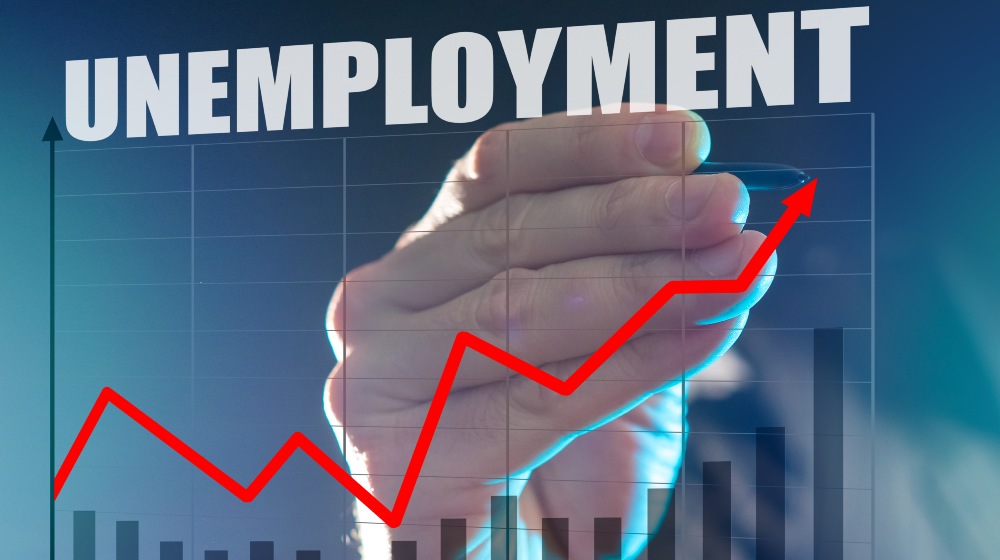Uncategorized
Unemployment Claims Dip as Employers Capitulate to Growth

Last week, fewer people applied for unemployment benefits, indicating that employers are keeping hold of workers despite the economy's apparent acceleration of growth.
According to the Department of Labor, the number of new applications for unemployment benefits increased by just 216,000 last week, the fewest since February. The number of claims has decreased by 13,000 from the slightly revised total from the previous week.
According to economists, claims should increase from the initial estimate of 228,000 the previous week to 238,000. The Department of Labor's projection is less optimistic than even the most upbeat analysts' estimates, which ranged from a low of 230,000 to a high of 24,000.
While weekly variation in claims can be expected, many economists rely on the four-week moving average of claims to provide insight into the health of the labor market. This decreased to 229,500 from 237,750 the week before.
Layoffs can be approximated by initial claims. The low level of claims and the decrease from last week suggest that firms are keeping their current workforces, possibly reflecting the difficulty many businesses encountered in filling open positions with suitable candidates in the wake of the pandemic. Job vacancies have declined in recent months but remain at historically high levels. Unemployment in August moved up to 3.8 percent from 3.5 percent, primarily because more Americans decided to join the labor force, pushing up the participation rate.
The number of ongoing benefits claims indicates how challenging it is for employees to obtain new jobs after losing their jobs. They decreased by 40,000 to 1,679,000 in the week ending August 26. The previous week’s level was revised down by 6,000 from 1,725,000 to 1,719,000. The four-week moving average was 1,701,500, a decrease of 1,250 from the previous week’s revised average.
In the wake of the announcement of the claims data, equity futures indicated falls for the main stock indices. The Federal Reserve may raise interest rates more quickly than anticipated or keep them high for longer as a result of the robust labor market. Some Fed officials think that a rise in labor demand might lead to a new risk of inflation remaining high or perhaps returning to an acceleration of price increases.
Up Next:



